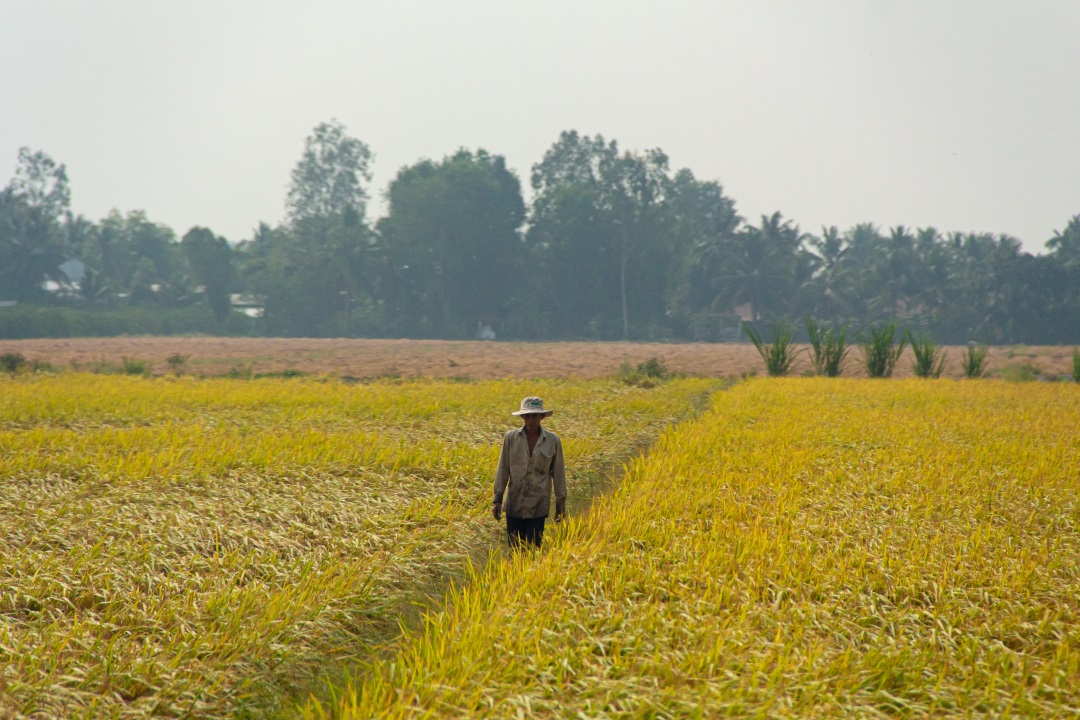HCMC – Kien Giang Province has launched a project to cultivate 200,000 hectares of rice as part of a broader plan to grow one million hectares of high-quality, low-emission rice in the Mekong Delta by 2030.
The project, funded by the provincial budget, World Bank loans, and private investment, will be carried out in two phases across 12 districts in Kien Giang. The total budget allocated for the project exceeds VND596 billion, equivalent to US$25.4 million.
Kien Giang is Vietnam’s largest rice-producing province, with annual output of over 4.5 million tons.
Key components in the project include upgrading irrigation systems, improving transportation infrastructure, supporting the rice value chain, promoting digital agriculture, and implementing comprehensive mechanization.
According to the Ministry of Agriculture and Rural Development (MARD), the project has the potential to increase the value of rice by 40%, raise farmer profits by 50%, and reduce greenhouse gas emissions by over 10%.
Experts estimated that the one-million-hectare low-emission rice cultivation plan could require a total of US$2.7 billion and generate returns of up to US$4 billion.
The plan is being carried out in 12 Mekong Delta provinces: An Giang, Kien Giang, Dong Thap, Long An, Soc Trang, Can Tho, Bac Lieu, Tra Vinh, Hau Giang, Ca Mau, Tien Giang and Vinh Long.
By 2025, the total area of high-quality, low-emission rice will be 180,000 hectares and the figure will rise to one million hectares by 2030.









